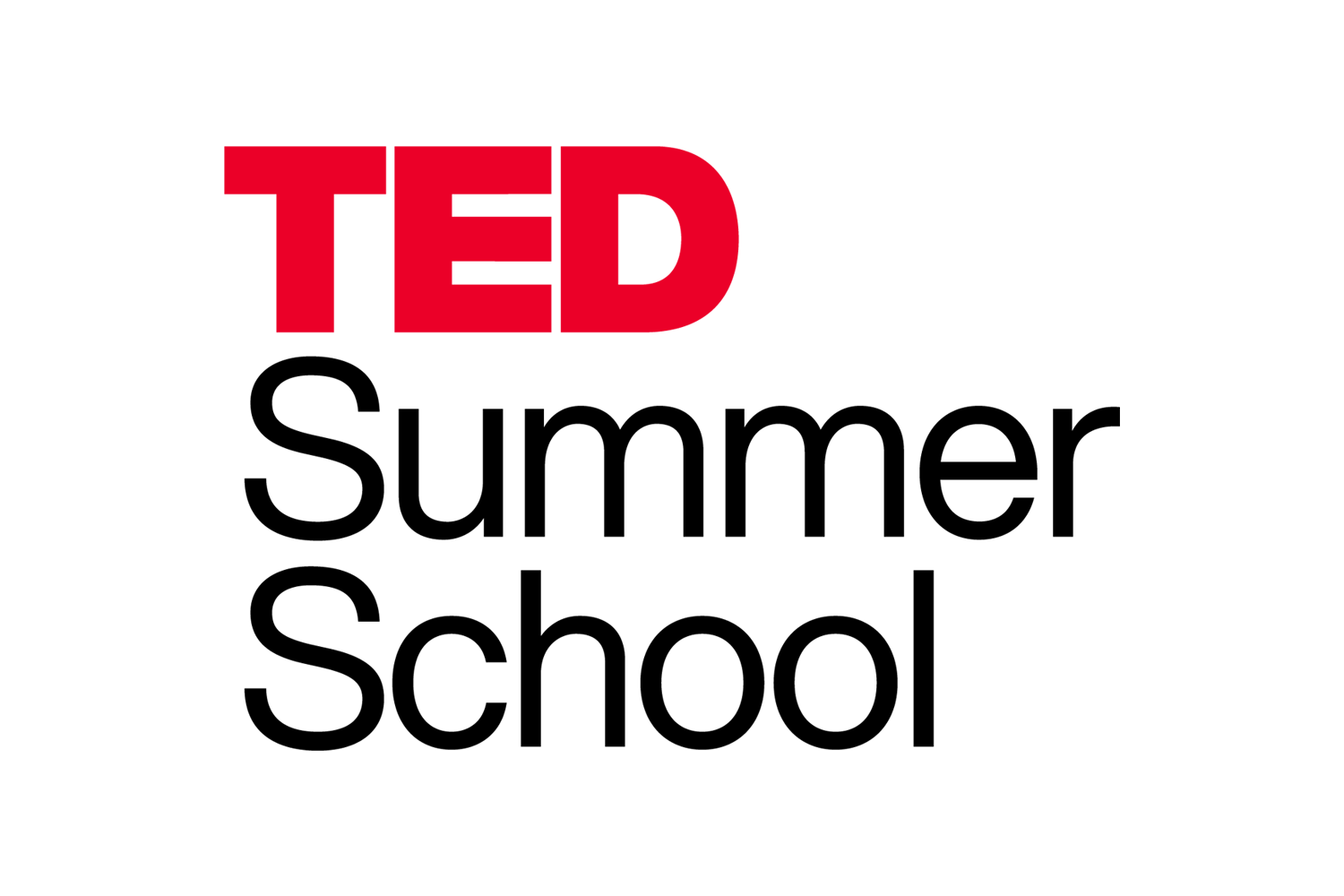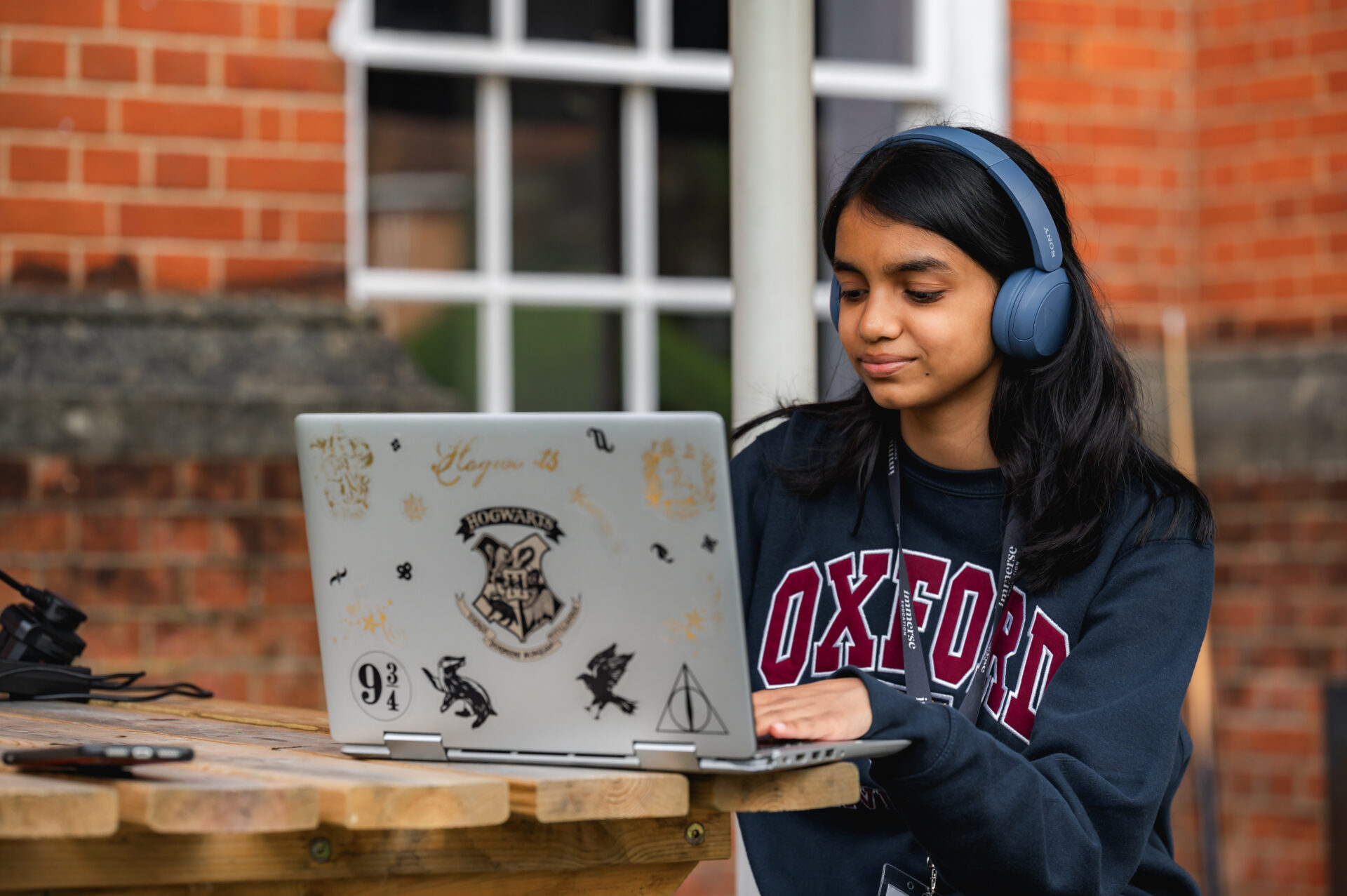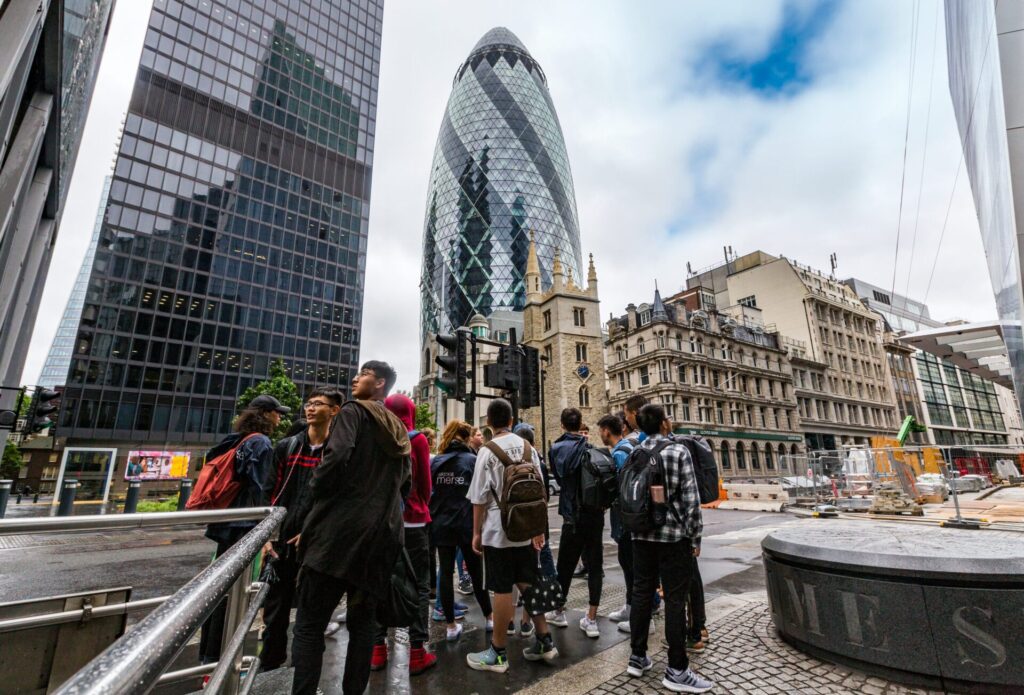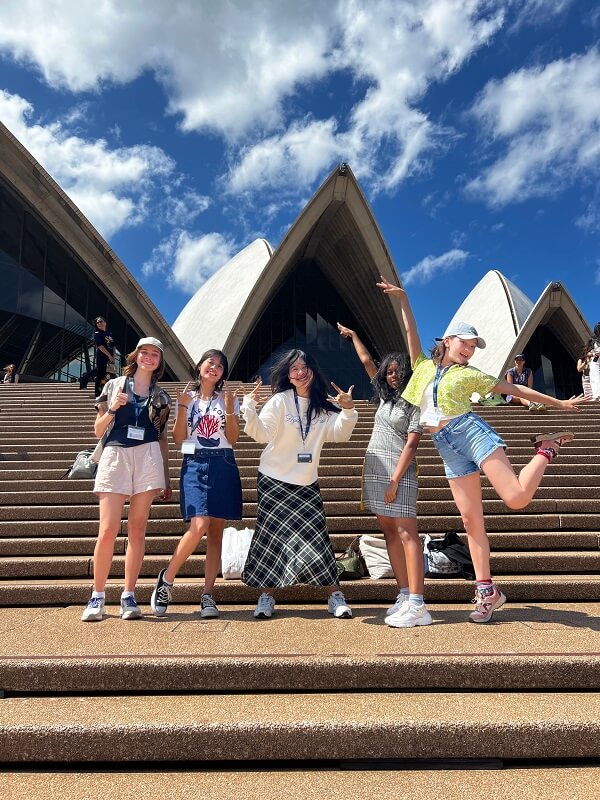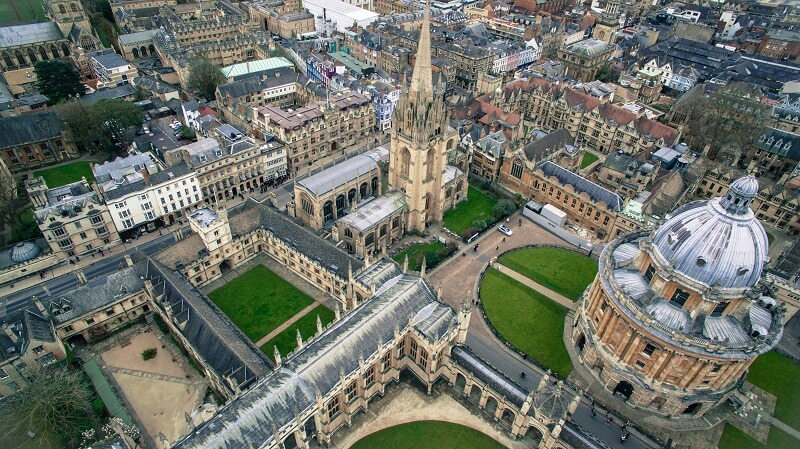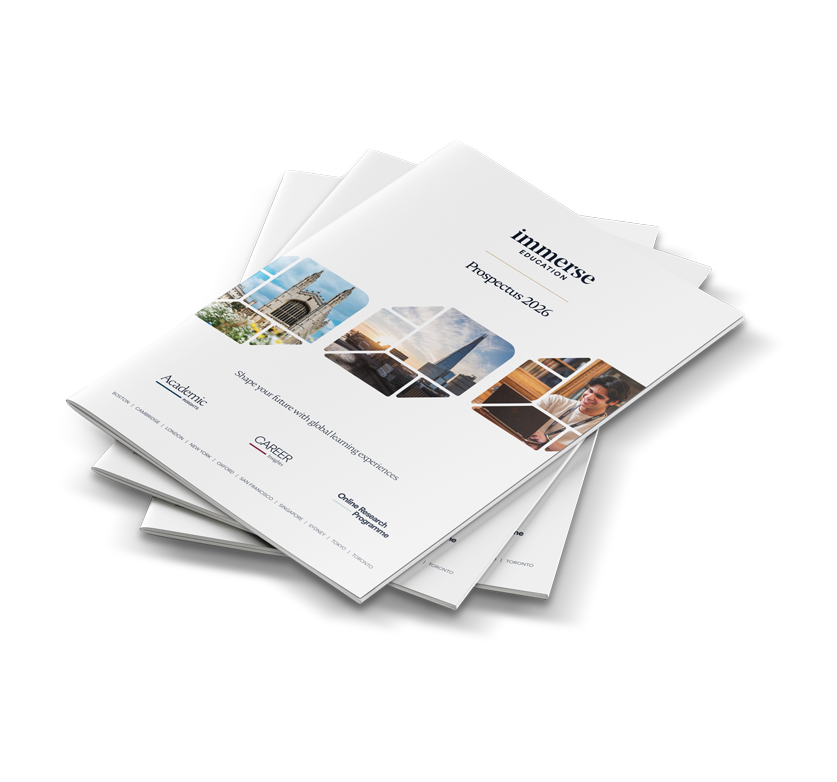You look up and see skyscrapers stretching into the clouds, lights flickering like they’re inviting you into something bigger. For many international students in New York, that first moment feels electric, where the city’s fast rhythm is both overwhelming and energising.
You’re searching for confidence, clarity, and a sense of belonging as you begin your study abroad journey, especially when the city’s pace pushes you to explore while challenging you at every turn.
And if you want to experience this fast-paced New York life with guidance and community from day one, our New York Summer School offers the perfect starting point.
Here’s how you can navigate the city, grow academically, and thrive in your new surroundings.
Understanding American Culture and Daily Student Life
You might arrive expecting the New York you’ve seen in films like Spider-Man or The Devil Wears Prada, and while the city shares that same energy, real life feels even more rich and exciting once you experience its sounds, pace, and people for yourself.
Adapting to American culture begins with understanding its academic rhythm. In many U.S. classrooms, tutors expect you to speak up often, make eye contact, take independent notes, and join discussions even when you’re unsure.
It’s normal to ask direct questions, challenge ideas respectfully, and approach tutors after class for guidance. You’ll also complete research-driven assignments, follow strict deadlines, and manage weekly reading commitments.
Daily life brings its own discoveries. You might try your first New York slice of pizza at Joe’s Pizza, taste the famous square pepperoni slice at Prince Street Pizza, or explore global flavours in Koreatown or Jackson Heights. You’ll refill a MetroCard, adjust to American supermarket portions, and explore events where campus clubs and societies introduce you to new interests.
It’s natural to feel overwhelmed by unfamiliar customs, but keeping an open mind helps you turn each moment into a chance to grow.
If you want early support, our New York Summer School introduces you to U.S. academic habits and social customs through structured sessions, helpful city guides, and free time that lets you explore New York’s neighbourhoods at your own pace.
Transportation Tips for International Students in New York
Commuting in a new city can feel daunting as an international student, especially when everything moves at New York’s pace. To make it simpler, here are the main transport options you’ll use in the city and what they typically cost.
Trains and Subways
The subway runs twenty-four hours a day and is the fastest way to move across the city. A single ride costs $2.90*, paid through OMNY tap or a MetroCard. You’ll learn the difference between local trains, which stop at every station, and express trains, which skip several stops.
Platforms show uptown or downtown, and larger stations may have multiple exits, each leading to different streets. Apps such as MYmta, Citymapper, and Google Maps help you plan routes and avoid delays.
Buses
Buses are useful when the subway doesn’t reach your area. Fares are also $2.90, and OMNY or MetroCard payments usually include a free transfer within two hours. Some late-night routes offer Request-A-Stop, allowing you to get off between official stops for added safety.
Walking
New York is a walkable city, especially around Greenwich Village, SoHo, and the Lower East Side. Download offline maps because the mobile signal drops underground.
Taxis, Ride-Shares, and Ferries
Yellow taxis follow a metered system. The flagdown rate is $3.00, followed by $0.70 for every 1/5 mile travelled at speeds above 12 mph, or every 60 seconds in slow traffic or when stopped. Surcharges may apply depending on the time of day. Ride-share services such as Uber and Lyft can sometimes be more cost-effective.
NYC Ferry trips now cost $4.50, offering scenic routes across the boroughs. PATH trains to New Jersey cost $3.00 and operate twenty-four hours.
Building Friendships and Finding Community in New York
Building friendships in a new city can feel daunting, but New York’s diversity makes it one of the easiest places to meet people from many backgrounds. You’ll hear familiar accents, learn new customs, and meet individuals who’ve travelled a similar path to yours.
And if you ever feel homesick, you’ll almost always find people from your country through cultural clubs or international meet-ups who make the city feel more welcoming.
Student organisations are one of the best places to start connecting. New York universities host a wide range of groups, including Columbia’s International Students and Scholars Office (ISSO), the NYU International Student Council, and the Fordham International Student Association.
These communities offer welcoming spaces to share experiences, join activities, and meet people who understand both the excitement and challenge of studying abroad.
Campus events, group projects, and cultural gatherings help friendships form naturally. You’ll find everything from academic discussions to food festivals and social nights that encourage conversation and build confidence.
Exploring the city with new friends strengthens those early connections. Trying dumplings in Chinatown, visiting cafés in Greenwich Village, or spending weekends in Central Park helps you settle into the city’s rhythm and feel part of its community.
If you want structured opportunities to meet people from around the world, programmes such as our international relations summer school and entrepreneurship summer school offer ideal environments. You’ll collaborate closely, share ideas, and build both personal and professional connections from your first days in New York.
Join the Immerse Education 2025 Essay Competition
Follow the instructions to write and submit your best essay for a chance to be awarded a 100% scholarship.
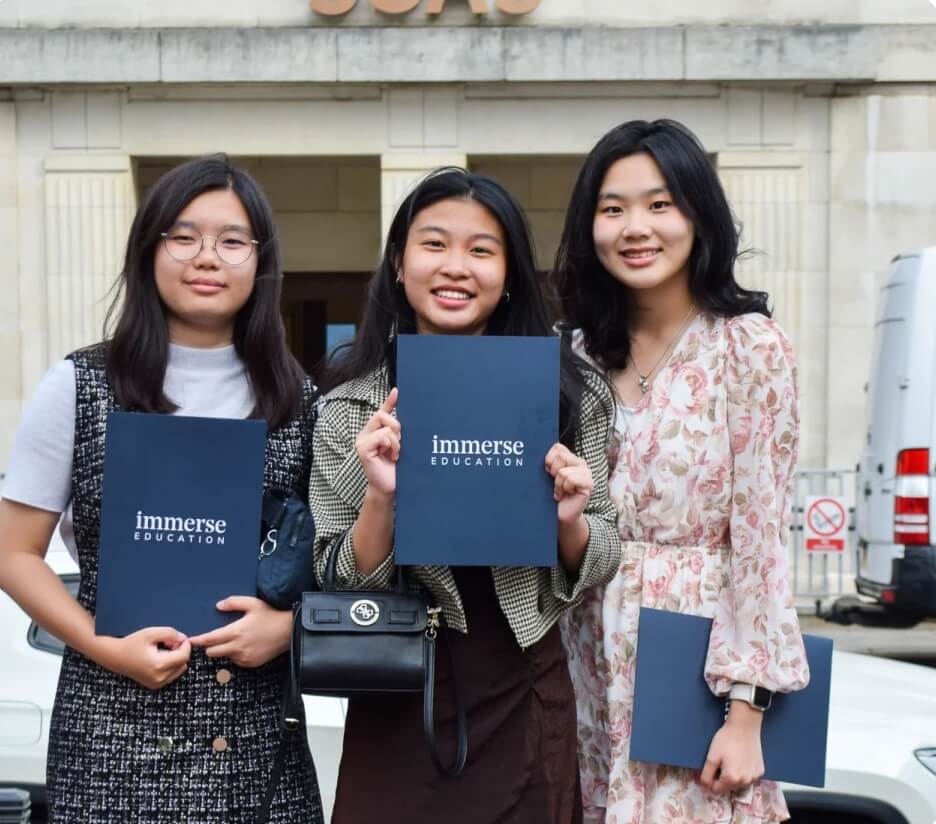
Academic Adjustment and Study Support
University-level learning in the United States encourages independent thought, active participation, and research-based work. As international students in New York, you’ll quickly notice that tutors value your viewpoints, your curiosity, and your ability to question ideas.
Compared with many education systems, the U.S. classroom feels more equal and conversational, with tutors expecting you to contribute actively rather than simply listen.
The differences become clearer when you compare the U.S. approach to the UK and parts of Asia. UK education is often more specialised from an earlier stage, with a stronger emphasis on independent study and fewer contact hours. The U.S. system, by contrast, offers a broader curriculum with more structured interaction, frequent quizzes, and steady, continuous assessment.
You’ll also notice contrasts with teacher-centred models common in parts of Asia, where memorisation and high-stakes exams are more typical. In the United States, learning is student-centred. Tutors expect you to ask questions, share insights, and challenge ideas respectfully. Participation is treated as engagement, and it plays a major role in your progress.
You’ll encounter a variety of teaching methods, from group discussions and presentations to in-class reflections and project-based tasks. Classes may begin with informal check-ins or warm-up questions, helping you build confidence and connect with others. Weekly readings, short assignments, and research tasks quickly become part of your study routine.
Tips for a Smooth Academic Transition
- Preview lecture slides before class. Most U.S. tutors upload materials in advance. Skimming them helps you follow discussions and contribute confidently.
- Check the syllabus weekly. U.S. courses often include frequent quizzes, short assignments, and rotating deadlines. A quick weekly review prevents surprises.
- Create a weekly reading strategy. Break long readings into twenty-minute blocks, highlight key ideas, and note questions to bring to class. Participation becomes much easier.
- Use campus writing centres. These centres support everything from thesis statements to citation styles such as MLA or APA, which may differ from your home country.
- Form a small study group. Meet with classmates once a week to compare notes, check understanding, and plan upcoming tasks. It also helps you practise speaking in a low-pressure environment.
- Submit drafts early when possible. Many tutors allow informal draft reviews. This gives you feedback before your final submission and reduces stress.
- Use planners or digital tools. Apps like Notion, Google Calendar, or MyStudyLife help track the steady stream of small assignments common in U.S. courses.
By giving yourself time to adjust, staying open to new learning styles, and seeking support when you need it, you’ll find that U.S. academics become far more manageable and rewarding.
If you want a confident head start, courses at our New York Summer School help you adapt to this learning style while improving your comfort in seminar-style discussions, collaborative tasks, and academic conversations.
Exploring New York Beyond the Classroom
Balancing study with city life becomes one of the most rewarding parts of living in New York. When you step away from assignments, the city offers countless ways to learn, unwind, and experience new cultures.
You can spend an afternoon at the Metropolitan Museum of Art, exploring masterpieces from around the world, or walk through the halls of the American Museum of Natural History, where science and history come alive.
These spaces aren’t just museums; they’re stories that deepen your understanding of the world and inspire fresh ideas for your academic work.
Neighbourhood exploration adds even more to your experience. wandering through Chinatown, tasting food from street markets in Harlem, or discovering independent shops and cafés in Brooklyn helps you connect with the cultural energy that defines New York. Each area has its own history, atmosphere, and traditions, giving you opportunities to learn beyond the classroom.
Safe exploration is important, especially when everything feels new. Travel with friends, keep to well-lit areas at night, and familiarise yourself with the most reliable subway and bus routes. Over time, these habits make exploring feel natural and enjoyable.
Our New York Summer School gives you the chance to experience all of this with guidance and support. You’ll join excursions along with other participants across the city, walking through Central Park, standing beneath the Empire State Building, and experiencing the bright energy of Times Square.
You’ll also visit world-leading museums, discovering art, culture, and history that connect directly to your learning. Each outing blends education with cultural immersion, helping you understand New York in a meaningful and memorable way.
Thriving as an International Student in New York
Studying abroad is both a challenge and an opportunity for growth. As international students in New York, you’ll discover new strengths with every experience.
Adaptability, curiosity, and community will help you navigate unfamiliar moments and thrive in a city filled with energy and possibility.
Each experience, inside and outside the classroom, builds your confidence and prepares you for a future shaped by global learning.
If you’re ready to experience the towering buildings, diverse culture, and vibrant energy of New York for yourself, we invite you to explore our New York Summer School and begin your journey with us.
* All prices accurate as of December 2025


